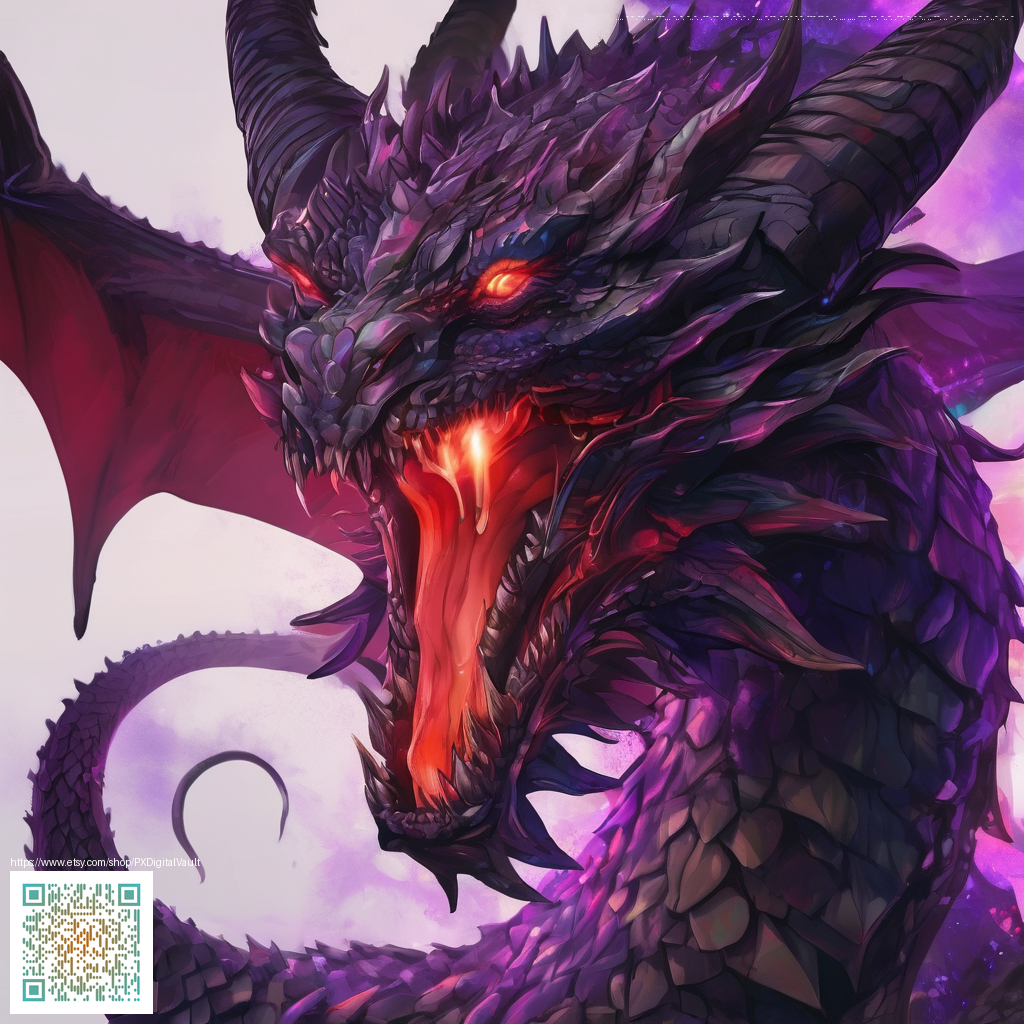
Marble Textures from Scratch: A Practical Guide
Marble textures have a timeless appeal in digital art, offering natural variation and a luxurious feel that elevates everything from game environments to product mockups. Creating these patterns from scratch lets you tailor the veining, color depth, and surface detail to fit a project precisely. The process blends a touch of artistry with procedural techniques, giving you a repeatable, scalable texture that remains unique each time you tweak its parameters. If you’re curious about real-world inspiration and practical execution, you can study examples like the Neon Tough Phone Case — Impact Resistant TPU PC Shell, which demonstrates how finished textures translate into tangible product visuals. You’ll find the item linked here for reference.
Foundations: how marble behaves in digital space
Real marble is defined by a few core traits: layered veining, subtle color shifts, and a sense of depth that comes from light interacting with the stone’s microstructure. In a digital workflow, the goal is to reproduce those cues without sacrificing performance. Start by thinking in terms of maps: a base color map for the overall tone, a veining map to carve out the distinctive lines, and a displacement or height map to simulate subtle depth. This separation of responsibilities makes it easier to experiment—pull a vein wider, soften a color gradient, or push a tiny bump on the surface without reworking the entire texture.
Tools and workflow: getting started
You don’t need a single perfect tool to begin. A versatile setup might include a raster editor like Photoshop or Procreate for painting and blending, plus a procedural package (Blender, Substance, or similar) to generate texture maps. A typical workflow looks like this:
- Sketch a loose marble layout on a base layer, establishing light-to-dark zones that mimic natural mineral variation.
- Paint or generate a veining map with a combination of streaked brushes and noise to create natural, irregular lines.
- Apply a color gradient tuned to the lighting you expect in the final scene—cool whites with subtle gray or beige undertones generally read as marble.
- Generate height/displacement maps to introduce micro-scale undulations that catch highlights and create depth.
- Blend maps using layer modes (overlay, multiply, soft light) to achieve a cohesive surface without obvious seams.
Step-by-step: building the texture from scratch
- Base layer: Start with a neutral gray or pale marble tint. This becomes your tonal anchor, ensuring that highlights and shadows read correctly under lighting.
- Vein generation: Create a vein map using a mix of spline-like brushes and procedural noise. Veins should vary in thickness and direction to mimic natural marble; avoid repeating patterns that look too mechanical.
- Color shifts: Introduce subtle color shifts along the surface. A touch of cream, warm gray, or faint blue can dramatically improve realism without pulling the texture into cartoon territory.
- Depth cues: Add a height map with micro-detail—pinpoint tiny ridges and pores that reflect light differently. This gives the marble its tactile quality when rendered in 3D or on high-resolution screens.
- Surface finishing: Use a gentle blur across veining to soften transitions, then reintroduce contrast in highlights to preserve drama in lighted scenes.
“Texture storytelling isn’t about perfect replication; it’s about convincing the eye that a digital surface behaves like real stone under varied lighting.”
Color, lighting, and the velvet of realism
Lighting can make or break marble. So, think about how your texture will be used: a product shot under soft studio lights benefits from a subtle, cool base with crisp veins, while a dramatic scene might lean toward richer browns and a bolder vein pattern. To keep your marble versatile, output several texture variants: a light, a medium, and a dark option; or generate maps that can be tinted in real time by your rendering engine. The ability to swap color ramps and tweak light response without redoing the entire texture is a major time-saver in production pipelines.
Practical tips and best practices
- Work non-destructively: keep your base, veining, and depth maps on separate layers or files so you can experiment freely.
- Iterate at different scales: zoom in for micro-detail and zoom out to verify that vein patterns remain believable when tiled.
- Photorealism benefits from subtle imperfections: add occasional breaks in symmetry and varying vein angles to mimic natural stone.
- Test across lighting conditions: render the texture under both warm and cool lights to ensure fidelity.
When you’re ready to see a working reference in a real-world product context, explore how textures are presented in commercial designs, including the neon-tinged finish of rugged accessories. To keep ideas actionable, you can study how a case like the Neon Tough Phone Case uses layered textures to convey durability while maintaining a premium aesthetic. If you want to explore the product for reference, you’ll find the official page linked above.